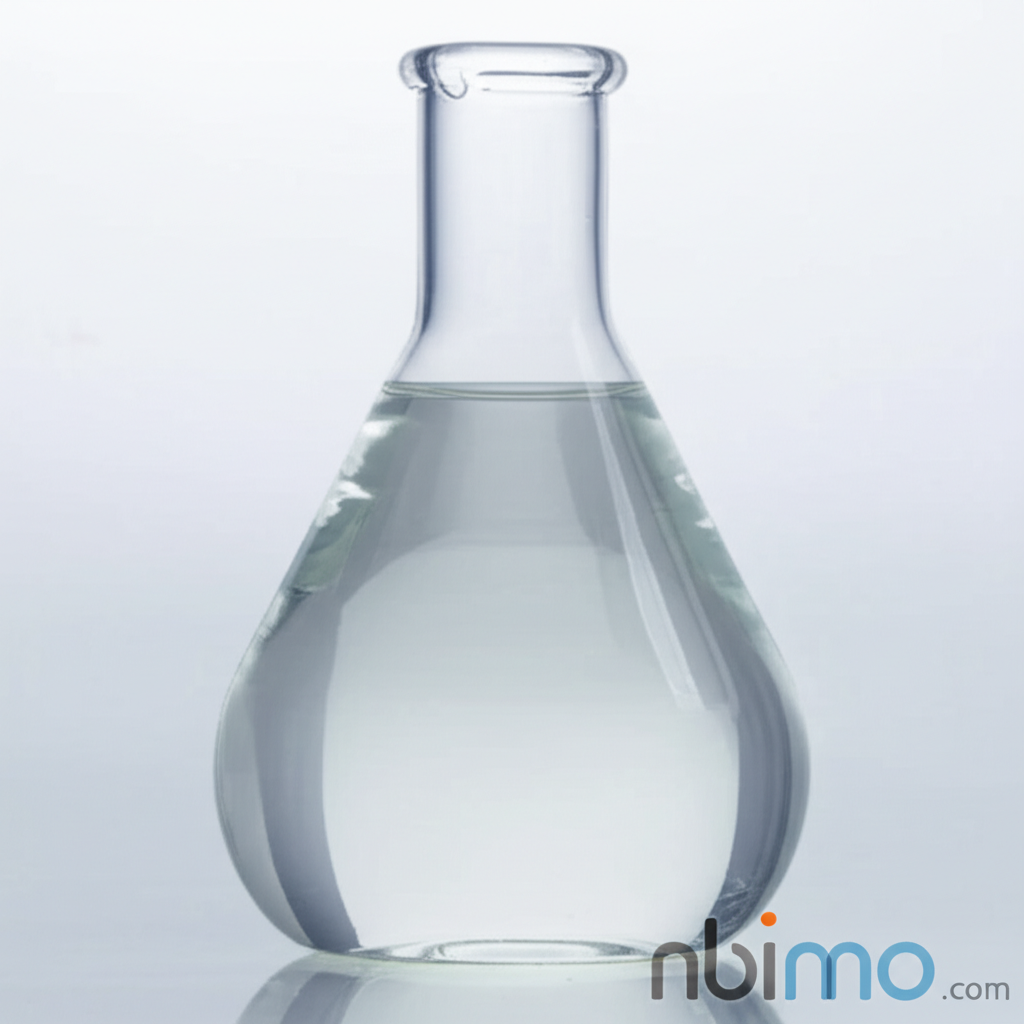High Purity Di-Tert-Butyl Peroxide (CAS 110-05-4): Your Key to Advanced Polymer Solutions
Unlock enhanced material properties with a stable and versatile organic peroxide initiator.
Get a Quote & SampleProduct Core Value

Di-Tert-Butyl Peroxide
Di-Tert-Butyl Peroxide is a highly stable organic peroxide known for its effectiveness as a radical initiator in a wide array of industrial applications. Its unique chemical structure makes it a preferred choice for processes requiring precise control over polymerization and crosslinking reactions, leading to materials with superior performance characteristics.
- Leverage the power of high purity di-tert-butyl peroxide 99% for consistent and reliable results in your manufacturing processes.
- Explore the diverse di-tert-butyl peroxide uses, from initiating polymer production to acting as a crucial chemical intermediate.
- Benefit from its function as a stable organic peroxide, ensuring safe handling and predictable reactivity in your applications.
- Utilize its properties as a versatile polymerization agent to create advanced materials with tailored specifications.
Advantages Provided by the Product
Exceptional Stability
Benefit from the inherent stability of this organic peroxide, facilitating safer storage and handling compared to less stable alternatives. This characteristic is vital for maintaining product integrity throughout the supply chain.
Broad Reactivity Range
As a key radical initiator, it provides a broad reactivity range, essential for controlling the kinetics in polymer production and crosslinking, which is a critical aspect of achieving desired material properties.
Enhanced Material Properties
When used as a chemical intermediate, it contributes to the development of advanced polymers and materials, enhancing features like thermal stability, mechanical strength, and chemical resistance.
Key Applications
Polymer Production
Serve as a vital polymerization initiator for various polymers like LDPE and polystyrene, ensuring efficient reaction pathways and high-quality output.
Polymer Crosslinking
Facilitate the crosslinking of polymers, a process that improves mechanical properties, thermal stability, and chemical resistance, crucial for applications like pipes and tubes.
Styrene and Acrylics Polymerization
Used in the polymerization and copolymerization of styrene and acrylic resins, this chemical intermediate is instrumental in creating materials for coatings and other specialty applications.
Polypropylene Degradation
Acts as a modification agent for polypropylene degradation, a process that can tailor the material's properties for specific industrial needs.
